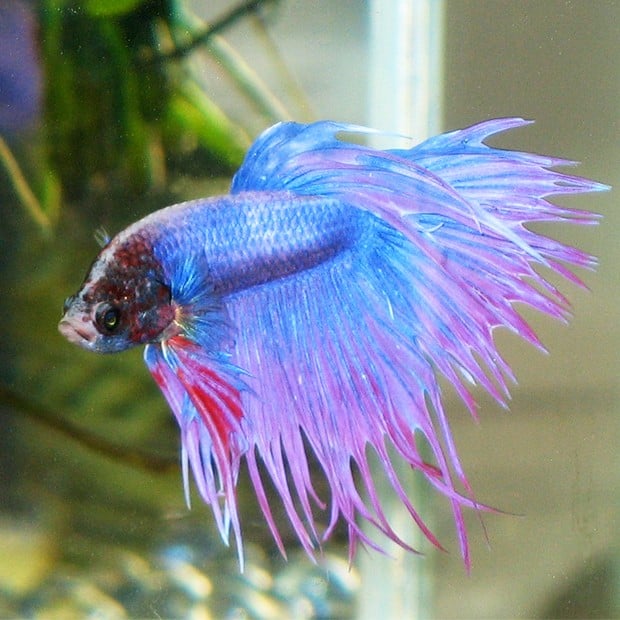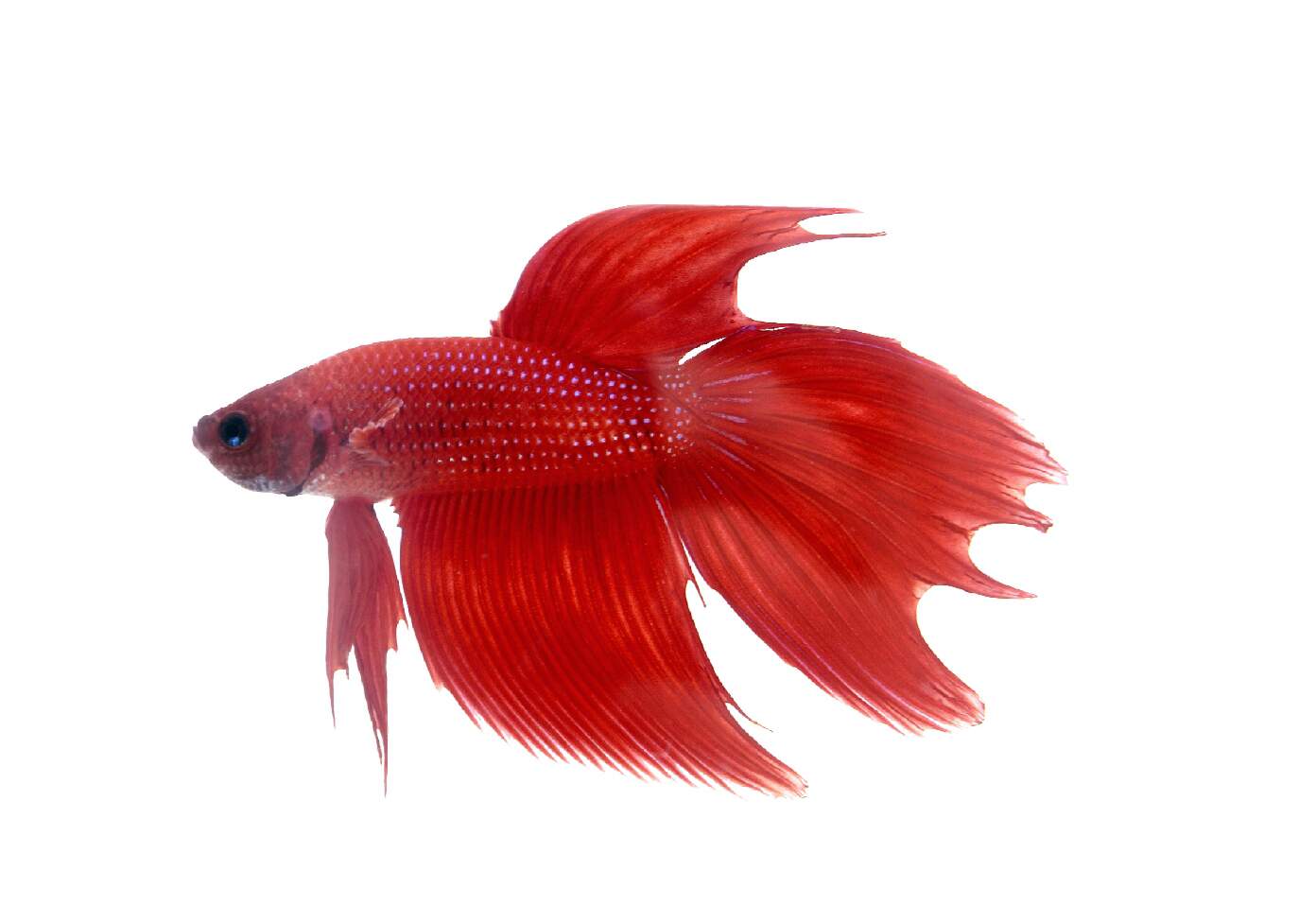Reproducing Betta Fish: a Comprehensive Step-By-Step Overview to Efficiently Raising Infant Bettas From Eggs to Adulthood
Breeding Betta fish is a meticulous undertaking that calls for mindful preparation and implementation to guarantee the effective advancement of fry from eggs to develop fish. As the male Betta diligently constructs a bubble nest and guards the precious eggs, the subsequent stages of treatment and transition demand attention to information and expertise of best techniques.

Picking Reproduction Pairs
When beginning on the journey of reproducing Betta fish, choosing the appropriate reproduction sets is crucial to achieving desirable characteristics and a healthy family tree - betta fish. The very first step in this procedure is to recognize the particular traits you desire to boost or protect, such as color, fin type, and body shape. It is necessary to select genetically diverse pairs to prevent inbreeding, which can lead to health issues and unfavorable characteristics
Assess prospective breeding prospects very carefully. A healthy and balanced male Betta should display lively colors, an energetic demeanor, and well-formed fins, while the woman needs to additionally show lively coloration and a rounded stubborn belly, suggesting preparedness for spawning. Observing the personality of both fish is vital, as aggressive or excessively shy individuals might not reproduce successfully.
Documents of family tree is similarly important. Keeping records of the parent fish's ancestry can assist you track hereditary characteristics and potential issues. Furthermore, seek advice from trustworthy dog breeders or on the internet sources for advice on picking suitable pairs. Ultimately, investing time in the selection process will substantially enhance the chance of producing solid, dynamic offspring that satisfy your breeding objectives (betta fish).

Preparing the Reproduction Tank
Producing an optimum reproduction setting is a key step after picking ideal pairs for Betta fish. The breeding storage tank need to be particularly designed to offer comfort and boost the natural breeding habits of the fish. Start with a storage tank size of at least 10 gallons to make sure ample space for both the man and female Bettas.
Keep a mild filtration system to maintain the water tidy while avoiding strong currents that can emphasize the fish. In addition, an air stone can be contributed to offer oxygenation without disrupting the water surface way too much.
Temperature guideline is essential; go for a steady series of 78-82 ° F(25-28 ° C) making use of a reputable heating unit. The pH degree must be kept between 6.5 and 7.5, and regular water modifications are essential to guarantee high water quality.
Integrate floating plants or generating mops to create concealing spots for the woman, while likewise urging bubble nest building by the male - betta fish. Guarantee the container is cost-free from sharp designs and any prospective hazards, as the well-being of the fish ought to always be prioritized during this important phase of reproduction.
The Breeding Refine
Commonly, the breeding process for Betta fish involves a series of distinctive and observable actions that show preparedness for reproduction. The male Betta starts by developing a bubble nest at the water's surface area, which acts as a why not find out more website for the fed eggs. This nest is critical, as it supplies a secure environment for the eggs until they hatch out.
When the nest is established, the male will show courtship actions, such as flaring his fins and showing vibrant shades to attract the woman. The woman, upon noticing the male's preparedness, will certainly respond by showing vertical stripes along her body, signaling her receptiveness.
When the female strategies, the male participates in a breeding dancing, often resulting in an accept recognized as the "spawning." During this accept, the woman launches her eggs, which the male feeds quickly. The fertilized eggs then drop to the bubble nest, where the male meticulously accumulates and returns them to the nest. Following this, the male assumes responsibility for securing the nest and making sure the security of the eggs till they hatch out, generally within 24-36 hours. This phase is crucial in the breeding process, laying the foundation for successful fry growth.
Taking Care Of Betta Fry
Caring for Betta fry requires mindful focus to their environment and nutrition to ensure healthy and balanced growth look at these guys and advancement. After hatching, Betta fry are incredibly little and at risk, demanding a secure and clean environment.
Feeding Betta fry is similarly vital. Originally, they need to be provided infusoria or finely smashed high-grade fry food, as their mouths are as well little to deal with bigger bits. As they grow, you can slowly introduce larger foods, such as child brine shrimp or powdered flakes, to ensure they receive appropriate nutrition. Feed them percentages numerous times a day, bewaring not to overfeed, which can result in water top quality concerns.
Transitioning to Grownup Bettas
As Betta fry mature, transitioning them to adult Bettas is an essential phase that needs mindful management of their setting and social interactions. This process usually begins when the fry reach around six weeks old, at which factor they can be progressively presented to a more organized living setting.
To facilitate this shift, it is necessary to ensure that the water parameters-- such as temperature level, pH, and ammonia levels-- are optimum and steady. Adult Betta fish prosper in warm water (around 78-80 ° F) with a pH of 6.5 to 7.5. Gradually acclimate the fry to these conditions to minimize stress and anxiety.
Social communications are another vital element; male Bettas are notoriously territorial and hostile. Consequently, it is advisable to different men right into individual tanks as they grow. Women Bettas can be housed with each other, however treatment ought to be taken to keep an eye on for signs of aggression.
Additionally, dietary adjustments must be made as the fry expand. Include high-grade pellets and live foods to sustain their development and health. By taking care of these factors efficiently, you can promote an effective shift to their adult years for your Betta fish.

Conclusion
Successful reproduction of Betta fish calls for mindful focus to information throughout the whole procedure, from selecting genetically varied sets to providing optimum look after click to read fry. By guaranteeing ideal breeding problems and maintaining water top quality, the probability of healthy and balanced offspring raises significantly. Additionally, a balanced diet regimen and gradual adaptation to grown-up environments are vital for the development and growth of Betta fish. Complying with these steps carefully cultivates a flourishing population of Betta fish, enhancing both their wellness and vigor.